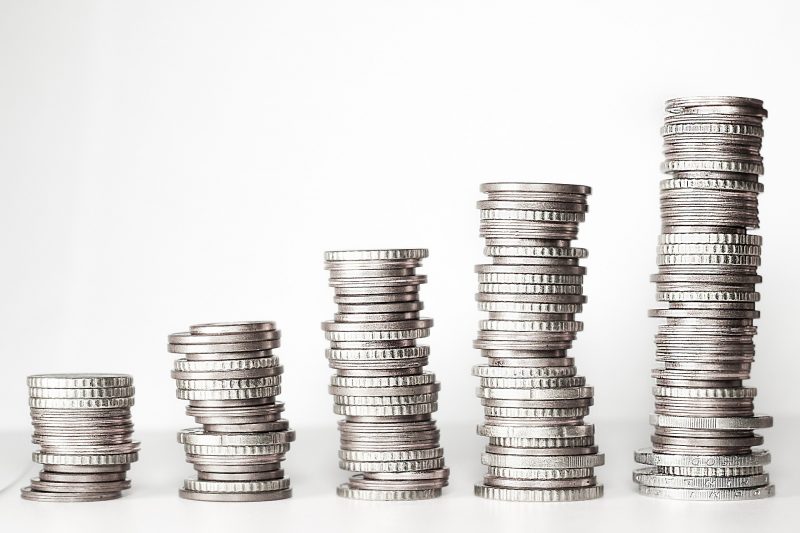Popular Posts
An emergency fund is one of those fundamental things in personal finance we all agree is important but rarely follow through on doing.
There’s always something more pressing. Bills, car repair, kids’ sports fees — always something.
Or debt is pressing on us. If a few hundred bucks shows up in an account, it usually feels better spent paying down a credit card.
But what if you had to come up with $1,000 by Monday? Would you have that on hand? Be forced to ask family?
Or worse, take out money on that same card at punitive interest rates?

Here are four strategies for building up an emergency fund. You can mix and match them to find the combination that works best for you.
Strategy No. 1: Pay yourself first
Many people don’t realize this, but employers will split your paycheck into more than one account.
For instance, you could ask to send $100 per pay period to your savings account. Or, if you think it will be too easy to spend, to a brokerage account.
You aren’t likely to spend money you don’t see. Just let it go until you have three months’ cost of living in the emergency account.
Strategy No. 2: Get out of debt and build savings
If you have debts, go ahead and do strategy No. 1 but make it match whatever you regularly pay on your cards.
If you send $200 to credit cards, send $200 to savings. If you can’t, send at least half.
Strategy No. 3: Lump windfalls
Do you get a big tax refund every year? Dump that cash into your separate account.
Does an older relative write you checks at the holidays? Bank that money instead.
Any time you see unexpected money, a bonus, whatever it may be, turn it into emergency savings funding.
Strategy No. 4: Open a Roth IRA
You may not realize it, but money you put in a Roth IRA can be taken out later, penalty free.
There are rules. The Roth has to have been open five years, and you can only take the contributions, not appreciation and dividends.
Since the contributions were post-tax, withdrawals are tax-free. Your money can grow with the market but be available for true emergencies.
Try any or all of these strategies and see if you can get even a simple rainy-day fund started.
It doesn’t matter how long it takes. What matters is getting started in the first place.
MarketRiders, Inc. is a registered investment adviser. Information presented is for educational purposes only and does not intend to make an offer or solicitation for the sale or purchase of any specific securities, investments, or investment strategies. Investments involve risk and, unless otherwise stated, are not guaranteed. Be sure to first consult with a qualified financial adviser and/or tax professional before implementing any strategy discussed herein. Past performance is not indicative of future performance.